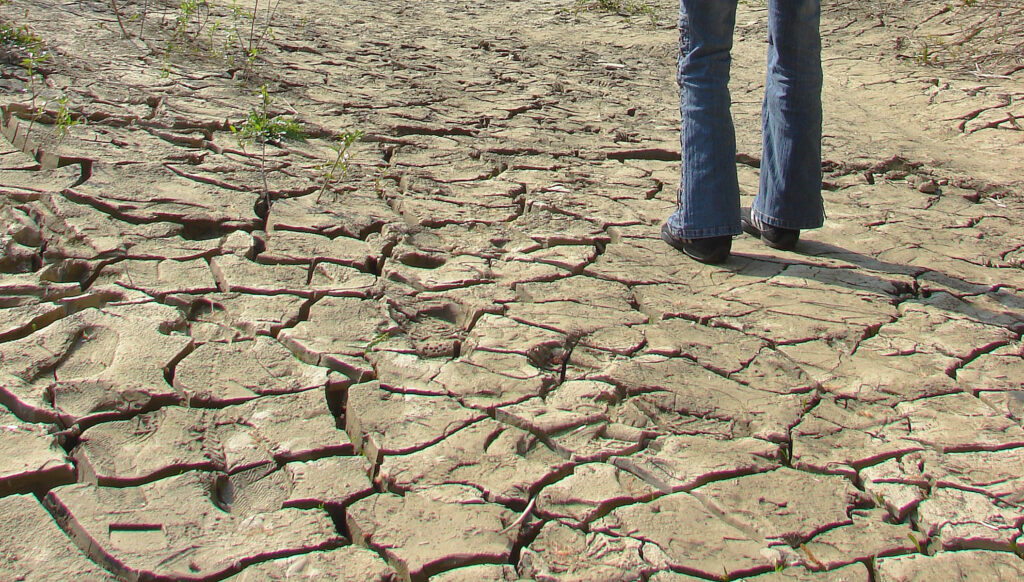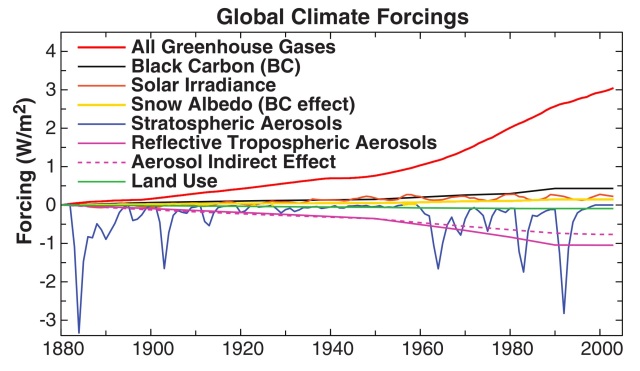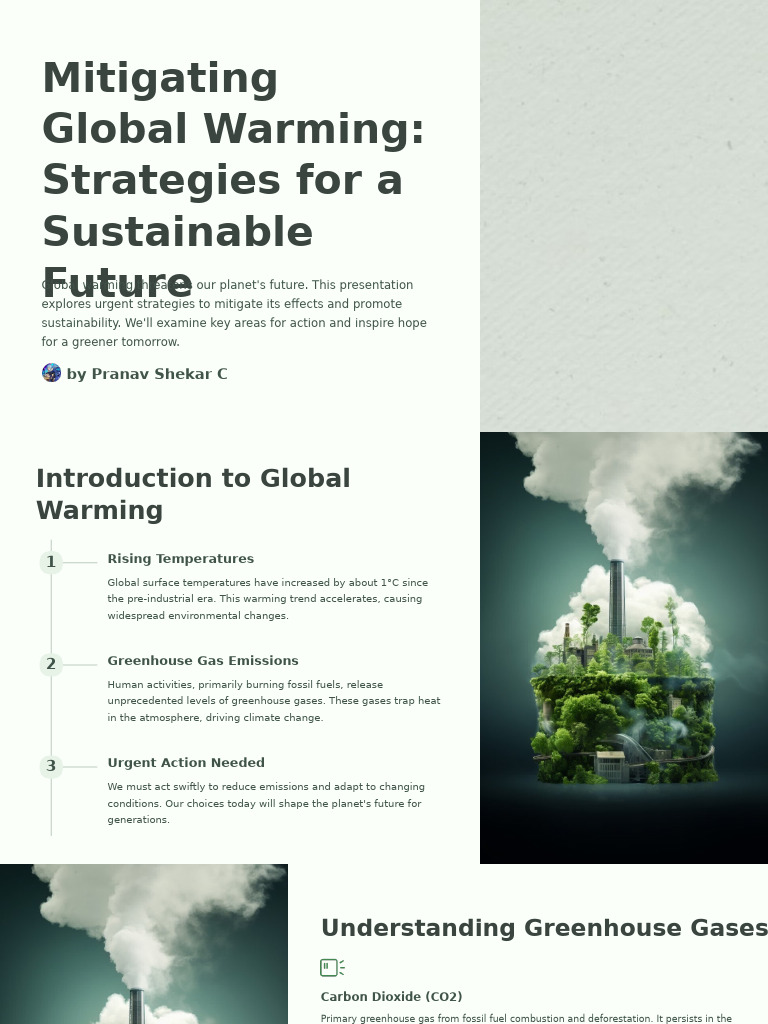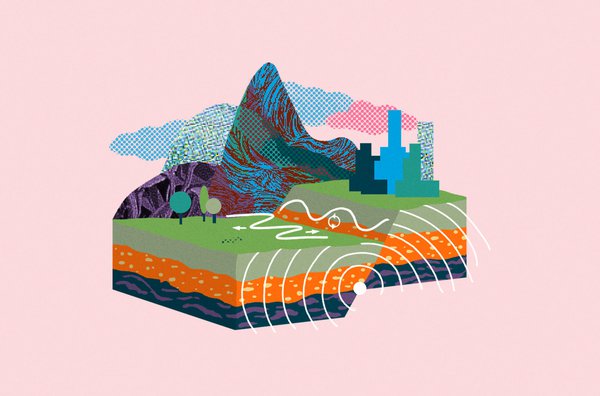The Price of Warming: Identifying Key Consequences of Global Warming
As the planet continues to warm at an alarming rate, the consequences of global warming become increasingly apparent. This phenomenon, primarily driven by human activities, elicits a spectrum of environmental, social, and economic repercussions that present an urgent call for action. Addressing these consequences requires a nuanced understanding of how global warming intricately intertwines with our planet’s ecosystems and human societies.
The inexorable rise in global temperatures is not merely an abstract concept; it has tangible effects that permeate the very fabric of life on Earth. From catastrophic weather patterns to existential threats to biodiversity, the repercussions of a warming planet are profound.
Examining these impacts reveals a reality that demands immediate attention, for the price of warming is not merely measured in temperature rise, but in the degradation of our natural world and the social fabric of our communities.
Transformation of Ecological Systems
The shift in climatic conditions plays a pivotal role in transforming ecological systems. Habitats that once flourished under specific temperature and precipitation regimes are increasingly under threat. As global temperatures climb, several species face possible extinction due to their inability to adapt. For example, polar bears and other Arctic species struggle as sea ice melts, directly impacting their hunting grounds and reducing their population numbers.
This change is not limited to polar regions. Terrestrial ecosystems are experiencing profound shifts. Forests, wetlands, and grasslands are undergoing alterations that affect their flora and fauna. Unique ecosystems, such as coral reefs, are succumbing to significant stress as ocean temperatures rise and acidity levels increase. Coral bleaching events, coupled with the loss of marine biodiversity, signify a stark reality that reverberates through marine food webs. These changes indicate not only ecological shifts but foreshadow potential disruptions in human livelihoods and food security that rely heavily on biodiversity.
Hyper-Weather Patterns: Natural Disasters on the Rise
The frequency and intensity of extreme weather events are perhaps the most observable and immediate effects of global warming. Higher global temperatures contribute to atmospheric changes that fuel hurricanes, droughts, floods, and wildfires. As we have witnessed, storms grow fiercer, rainfall becomes more erratic, and droughts stretch longer, imposing significant strain on communities. The increase in such severe weather conditions reveals not only the fragility of our environment but also the vulnerability of human populations.
In the face of such calamities, often it is marginalized communities that bear the brunt, highlighting social inequalities in resilience and recovery. Natural disasters devastate infrastructures, disrupt economies, and lead to resource competition, which can exacerbate tensions and conflict within regions. The impact of hyper-weather patterns extends beyond immediate destruction; it also affects public health, agriculture, and economic stability, thus carrying long-term consequences for nations worldwide.
Thirsty Planet: Water Scarcity and Its Consequences
Water, a fundamental resource for all life, is increasingly threatened by the ramifications of global warming. The alteration in precipitation patterns, combined with the acceleration of glacial melt, leads to a paradox: while some regions face unprecedented flooding, others experience debilitating droughts. As freshwater sources dwindle, the implications for agriculture, industry, and household consumption are dire.
Moreover, water scarcity can trigger a myriad of conflicts, leading to regional instability. When essential resources are limited, competition among users—whether between farmers, municipalities, or countries—can escalate, resulting in socio-political tensions. Addressing this crisis demands innovative approaches to resource management, conservation efforts, and climate resilience strategies. The challenge lies not only in providing enough water for current needs but also in anticipating and preparing for a future where water scarcity may become ubiquitous.
The Socioeconomic Ripple Effect
The economic repercussions of global warming extend deeply into various sectors. The agricultural industry faces potential declines in productivity, necessitating shifts to more resilient crop varieties and practices. Fisheries encounter reductions in stock, affecting livelihoods and food sources for millions. Tourism, heavily reliant on stable climatic conditions, grapples with the uncertainty of seasonal changes and extreme weather that can deter travelers. Each of these industries intertwines, creating a complex web of dependence that requires holistic thinking and integrated approaches toward climate adaptation.
Conclusion: Uniting for a Sustainable Future
The multifaceted consequences of global warming are stark reminders of the profound interconnectedness of our world. Addressing the challenges posed by climate change entails collective action—individual choices must translate into societal shifts towards sustainability. As environmental activists, policymakers, and engaged citizens, we must advocate for meaningful change, pushing for systemic alterations that prioritize the health of our planet and its inhabitants. The price of warming is steep; understanding and mitigating its consequences can empower us to forge a sustainable future for generations to come.



